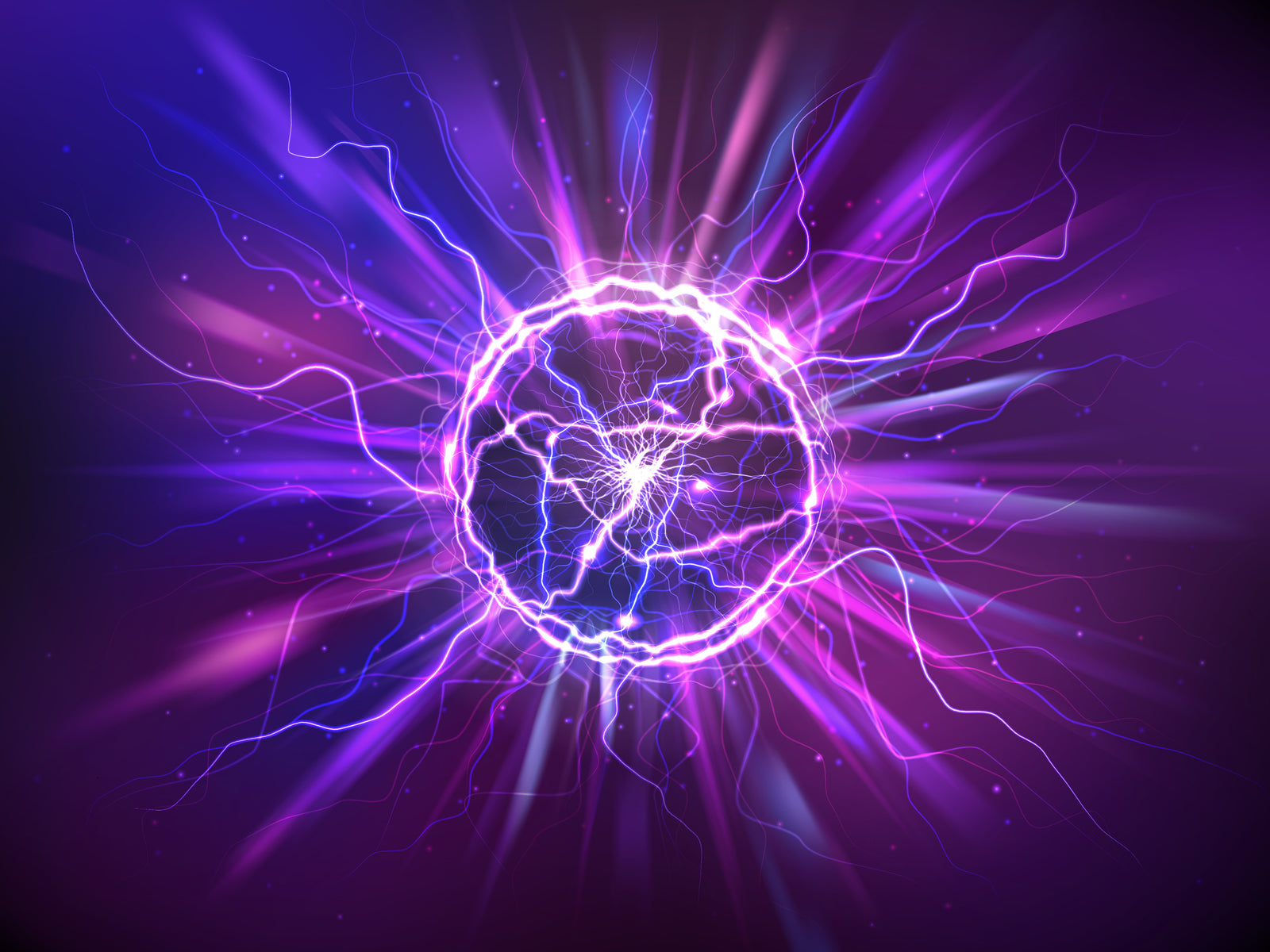
If you've contemplated getting a wireless charger you may already be aware of the immense benefits such a charger offers across the board. There’s just something rather futuristic about the concept of aconcealed charger that operates obstruction and wire-free, which is why there is such a market for these devices to begin with.
Now, when it comes to wireless chargers in general, the idea is that you designate a spot on your desktop for the charger and that you make sure not to interfere with it during the day.
By comparison, know thata hidden wireless charger is a lot more subtle and convenient in that regard, both in form and versatility.
It might as well not be there
The hidden nature of a modern wireless charger represents by far the greatest advantage tousing a concealed charger for all your charging needs. This has everything to do with how these chargers are designed to work independently of any additional or alternative contraption that might otherwise draw unnecessary attention.
It may not be cutting edge technology by any means, but it’s still a groundbreaking appliance when compared to the chargers of old. If anything,a modern charging station takes so little space that you can safely conceal it either underneath your desk or integrate it into an already existent element as an embedded feature.
As per the basic principles of Qi wireless charging,a hidden wireless charger works via electromagnetic induction and requires no cables, wires, or adapters to speak of.
And although first-generation wireless chargers were still fairly bulky by most standards, these newer designs usually use compact and portable charging pads that you can place virtually anywhere.
Stealth without sacrificing power
What makes a good Qi wireless charger is the power it delivers and the consistency it can deliver over a determined period of time. In this regard,a decent wireless charger should deliver up to 20W of power over a distance of up to 30mm or even more. This should be the case regardless of the surface it operates through as long as it’s not metallic.
One thing to remember is thatmost Qi charging technologies operate on a resonant inductive principle, which basically means that the charging pad sends a ‘ping’ signal to seek the device in its proximity. Once found, the charger then informs the Qi-ready device that a charge is incoming, adapting its output according to the device’s parameters.
Bear in mind thata hidden wireless charger works on the same principles but it may have a slightly reduced output on account of its embedded nature. In other words, concealed chargers have to take into account not only the thickness of the surface they must penetrate but also the material composition that may sometimes reduce the strength of the charge.
Having said that, know thateven a ‘reduced’ charge is still several times stronger than what first-generation wireless chargers used to deliver when they first hit the market.
In that regard, the technology is constantly improving on a regular basis both for the charger itself and for Qi-enabled devices, many of which are equipped with much stronger induction elements for faster charging speeds and overall consistency.






